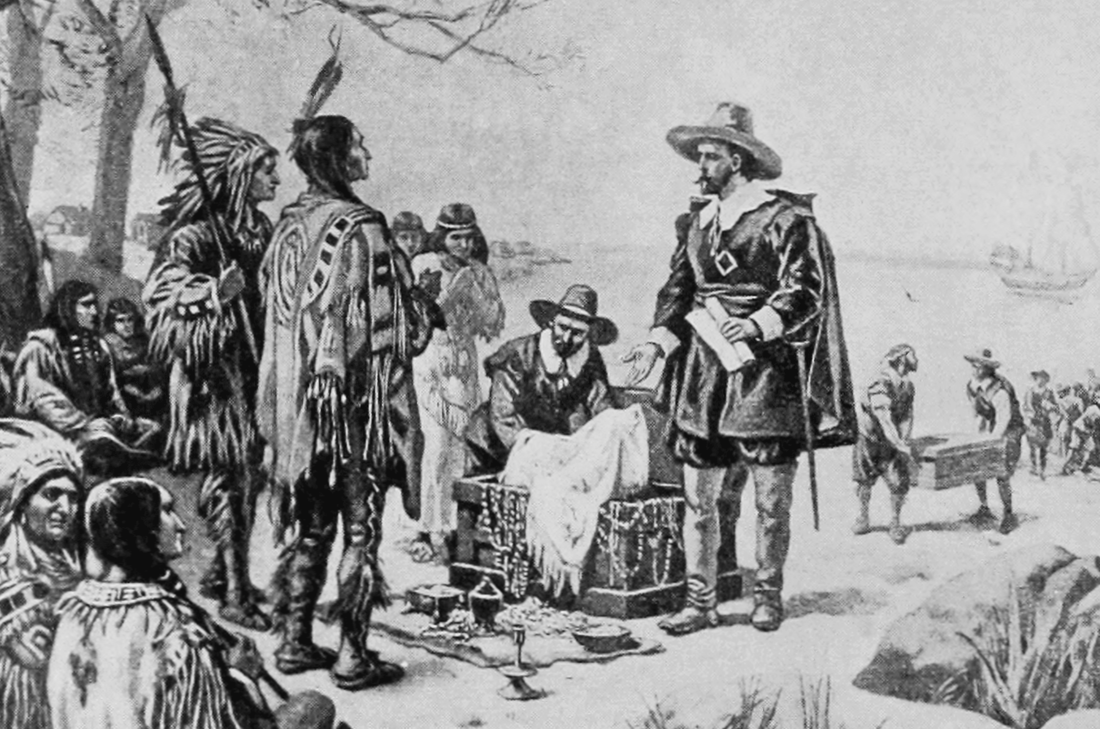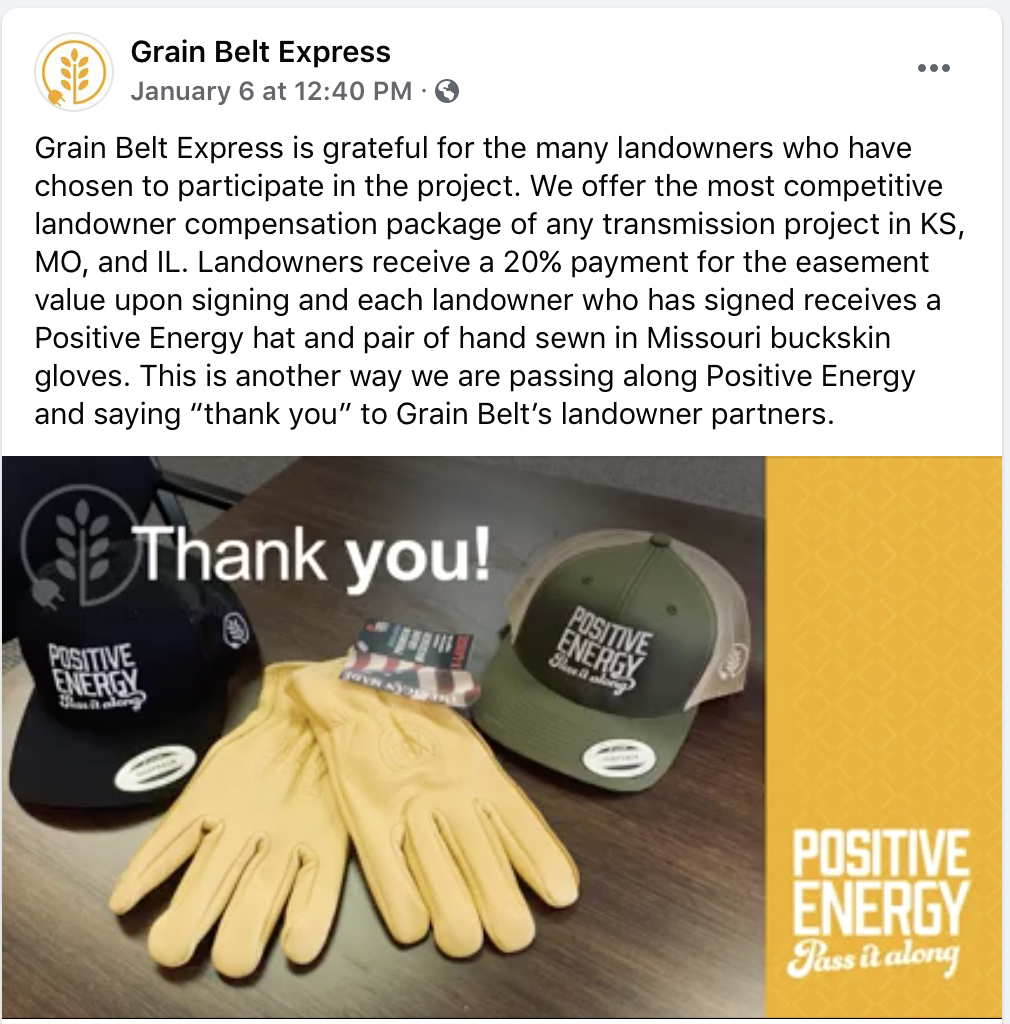It's time for energy consumers to get a little "woke" themselves.
Transmission-loving front group Americans for a Clean Energy Grid (ACEG) has been pouring out the propaganda and plans for a weak and clueless federal government to adopt in order to ensure their payday. As mentioned before, ACEG is composed not of "Americans" as we understand the term to incorporate everyone, but an elite group of utility interests that see big money to be had by building new transmission infrastructure on a grand scale. They would be more aptly named Transmission Profiteers for Building New Transmission (TPBNT).
Released this week, TPBNT's newest report was feted by a gaggle of former FERC commissioners who no longer have influence over regulatory policy but are still eager to cash in on their former positions. The report is full of the same old stuff... making up new "benefits" for transmission, changing the transmission planning process to make Big Transmission the solution to every problem, and allocating costs so widely that consumers may not notice the increase in their bill caused by all this new infrastructure they're paying for.
One of the former FERCers at the fete exclaimed:
“Not only yes, but hell yes,” James Hoecker, FERC chairman from 1997 to 2001, said of the need for major new transmission investment in a Wednesday webinar introducing the report. Beyond the need to absorb the country's growing share of wind and solar power, the grid will likely “need to double in size to support the electrification of transportation, heat and other industrial processes,” all of which are needed to decarbonize the U.S. economy.
“I say ‘hell yes’ as well; we need to do more interregional transmission,” Wellinghoff, former FERC chairman from 2009 to 2013 and current CEO of GridPolicy, said at Wednesday’s event.
“Order 1000 has fallen short on its vision, certainly short on my vision of it."
No. HELL NO!
We don't need to double or triple the amount of long-distance transmission and ignore distributed generation of local renewables, which can effect your infinitesimal world-wide carbon lowering goals much better, much cheaper, and much faster. These chuckleheads begin and end their policy permutations with a complete fallacy.
By all accounts, wind and solar resources will become a much larger portion of the resource mix in the future, and electrification of transportation and buildings will substantially increase demand. These trends magnify the benefits of building large regional and inter-regional transmission infrastructure to connect resource rich areas with load centers.
Another gem:
“Nobody likes transmission. We will always be litigating it,” Nora Mead Brownell, co-founder of energy consultancy Espy Energy Solutions and FERC commissioner from 2001 to 2007, said during Wednesday’s event. “But I think if we had a more fact-based basis for it and...more coordination between regions,” a broader planning regime could “build people’s confidence that they’re getting a fair shake.”
Underground that stuff on existing public rights-of-way. That's the only chance to avoid landowner and community opposition, by removing them from the equation entirely.
I do see that TPBNT has another sneaky plan to remove landowners from the equation by giving states a role in regional transmission planning in order to get their buy-in before affected landowners and communities find out about it and have a chance to influence the state regulators.
given the challenge of siting new projects that may be particularly acute in some regions, limiting competition may be a catalyst for new development because it limits the number of developers that may stir up “not in my backyard” or “NIMBY” opposition via project development activities.
As ominous and terrible as all this sounds, remember how long it takes to melt or redirect the iceberg of public policy, regulations, and judicial review. They'd be lucky to get even close in four years, never mind the two they actually have before Congress makes another seismic shift.
Why not get onboard with energy plans that consumers and landowners can support instead of continuing to beat your heads against a brick wall with all the confidence of elite arrogance? We see you for who you really are.





 RSS Feed
RSS Feed